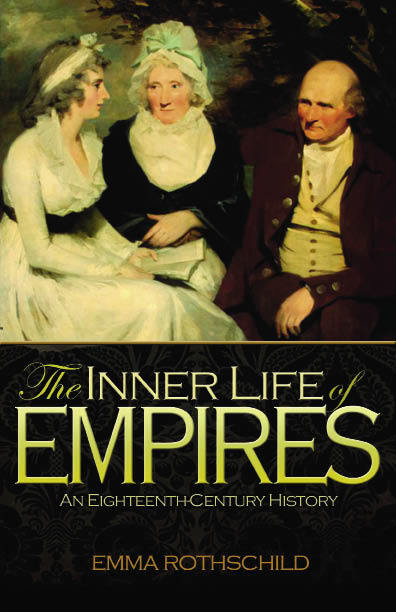If you wish to see how Scotland changed in the century after the Act of Union (1707), you might visit and compare the two houses in Edinburgh that belong to the National Trust for Scotland. Gladstone’s Land, built for a wealthy merchant in the 17th century, is a six-storey tenement in the old town, a place rich with period ambience but narrow, confined and in its heyday unhygienic. It could hardly contrast more vividly with The Georgian House in the new town’s Charlotte Square, which has space and elegance and the architecture of Robert Adam.
If you would like to know why such a transformation took place, what opportunities the Union gave to enterprising Scots, a good start would be to read Emma Rothschild’s excellent book on the lives of the Johnstone siblings, seven brothers and four sisters who were born between 1723 and 1739. They were the children of an impecunious laird with a small estate in Dumfriesshire, tribal lair of the Johnstones, a clan formerly notorious for border reiving and feuds with clan Maxwell.

Get Britain's best politics newsletters
Register to get The Spectator's insight and opinion straight to your inbox. You can then read two free articles each week.
Already a subscriber? Log in






Comments
Join the debate for just £1 a month
Be part of the conversation with other Spectator readers by getting your first three months for £3.
UNLOCK ACCESS Just £1 a monthAlready a subscriber? Log in